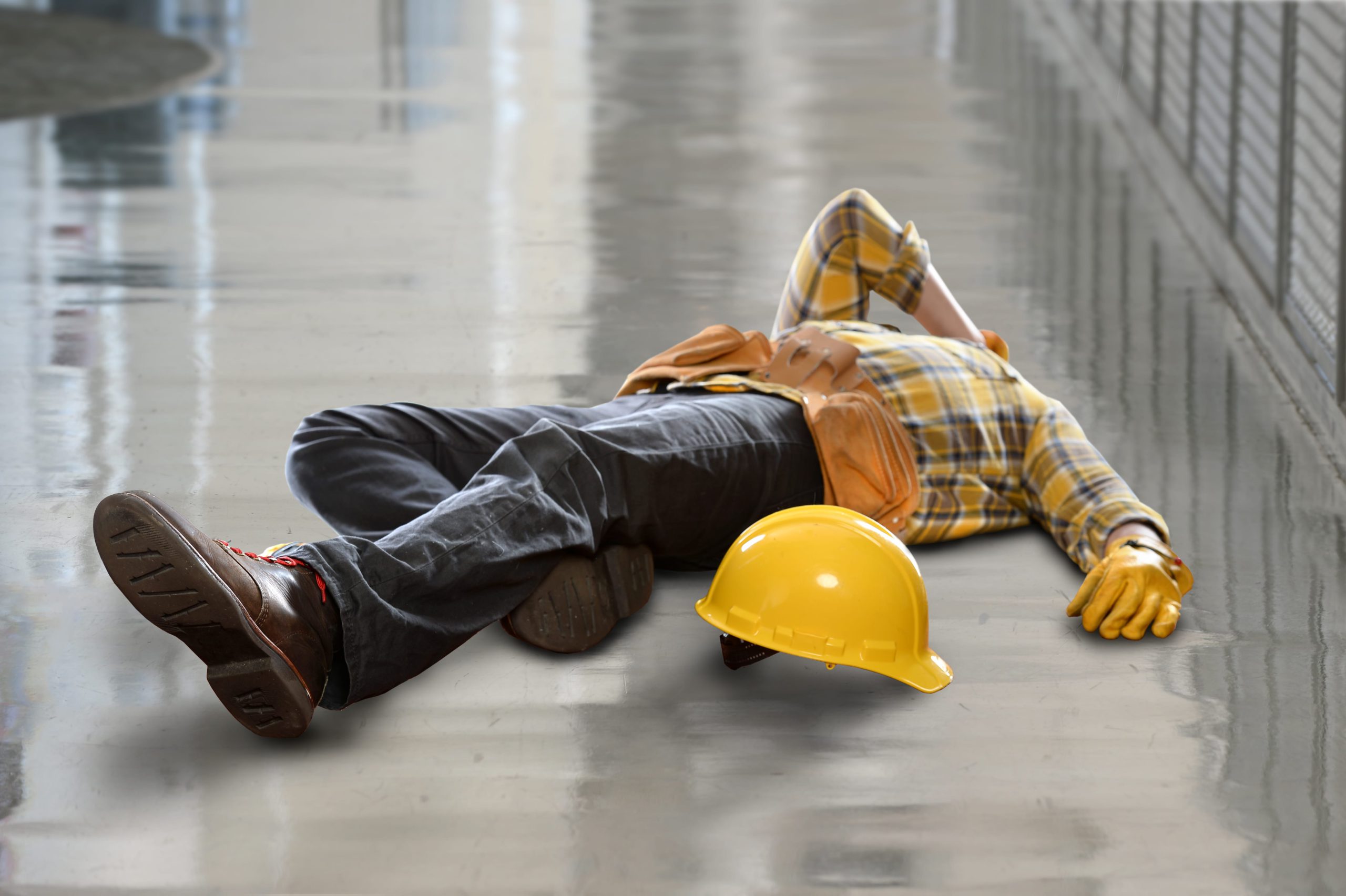Download Podcast Episodes on:
The Dangers of Narrow or Obstructed Walkways
When it comes to workplace safety, one of the most common hazards is the risk of trip and falls. Slips, trips and falls account for a significant number of workplace injuries every year, and according to the National Safety Council, they are the leading cause of workers’ compensation claims. One of the most common causes of slips, trips and falls is narrow or cluttered walkways. Aisles and pathways should be clear and free from obstacles, and employees should be able to walk without having to duck or maneuver around obstacles. When walkways are cluttered or obstructed, it increases the risk of employees tripping and falling.
In the case we’re covering today, the employer failed to provide a clear aisle of at least 24″ and were subsequently fined over $6k for this mistake.

Slip, Trips, and Falls Safety Training
On the average, workers who are injured as a result of a slip and fall accident, spend more days away from work than those who are injured as a result of other cause. Loss of productivity is often an unfortunate side effect of slips, trips and falls. Nearly 30 percent of same-level falls result in more than 21 workdays lost. And the problem certainly goes beyond a loss of productivity. The following are some tips for preventing slips, trips, and falls pulled from one of our safety lessons.

Slips, trips, and falls can be avoided by:
- Keeping all passageways, storerooms, service rooms and work areas clean and orderly.
- Keeping floors maintained and in a clean and dry condition.
- Keeping floors free from debris, protruding nails, holes, large cracks or loose boards
- Keeping passageways and aisles clear with no obstructions across or in the aisles.
- Keeping permanent aisles and passageways appropriately marked.
- Using mats and runners in areas where individuals may encounter slippery surfaces.
- Using warnings to identify slip/fall hazard areas.
- Making sure you can see where you are going and keeping work areas well lit.
- When walking on uneven surfaces such as gravel, uneven lawns, flaws in parking lots, walk a little slower and take smaller steps.
Slips, trips, and falls are a leading cause of workplace injuries every year, and some of these come from obstructed walkways in warehouses, factories, construction sites, and in almost every other industry. Don’t get caught overlooking this simple OSHA guideline concerning walkway space at your jobsite.
If your company needs safety training, along with OSHA defense and many other safety services, please call 1-800-734-3574 for more details.


















